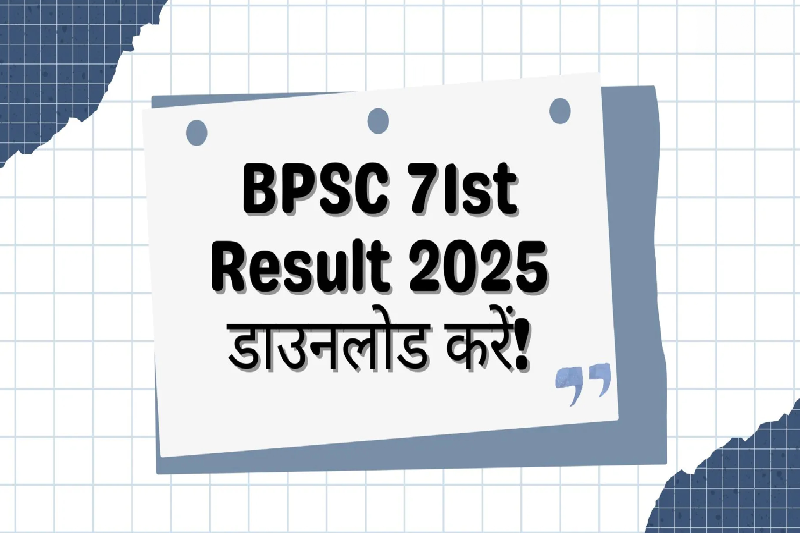
IIT Bombay Develops Breakthrough Solar Cell Technology to Slash Costs and Boost Efficiency
Introduction
In a significant advancement for solar energy in India, researchers at IIT Bombay have developed a high-efficiency tandem solar cell that promises to revolutionize solar power generation. This new technology, which combines silicon and perovskite materials, achieves power conversion efficiencies of around 30%, substantially improving over the current average of approximately 20%. The breakthrough has the potential to dramatically reduce the cost of solar electricity, making clean energy more affordable and accessible.
Tandem Solar Cells: Combining the Best of Silicon and Perovskite
The innovative solar cell technology created by IIT Bombay researchers utilizes a tandem structure composed of two sub-cells. The bottom sub-cell relies on the well-established silicon solar cell technology, while the top sub-cell employs an indigenously developed halide perovskite semiconductor.
Perovskite is a highly efficient light-absorbing material capable of converting sunlight into electricity more effectively than traditional silicon cells alone. It is also affordable, as electronic-grade perovskite semiconductors can be produced domestically in India using available chemical resources. This locally sourced material offers a crucial advantage by reducing dependence on imported raw materials, particularly from China.
Efficiency and Cost Benefits
This tandem solar cell design provides an estimated 25-30% increase in efficiency compared to conventional solar cells. With a power conversion efficiency of approximately 30%, the technology could lower solar power costs to nearly ₹1 per kilowatt-hour, a significant reduction from the current range of ₹2.5 to ₹4 per unit. This price drop has vast implications for accelerating the adoption of solar power across India.
The Maharashtra government, in partnership with ART-PV India Pvt Ltd — a start-up incubated at IIT Bombay’s Society for Innovations and Entrepreneurship (SINE) — is actively working toward providing a complete commercial wafer-sized solar cell solution by December 2027.
Overcoming Perovskite’s Longevity Challenges
One major hurdle for perovskite-based solar cells has been their limited lifespan. Traditionally, perovskite cells degrade quickly when exposed to heat, light, and prolonged electrical stress, lasting far less than the 20-25 years typical of silicon solar cells.
To address this, the IIT Bombay team developed a novel 4-terminal (4T) tandem configuration, which enables the silicon and perovskite layers to operate independently and efficiently under varying conditions. This design significantly improves durability, extending the perovskite layer’s lifespan up to ten years — a game-changer for commercial viability.
Professor Dinesh Kabra, who leads the research at the National Centre for Photovoltaic Research & Education (NCPRE) and heads ART-PV India Pvt Ltd, explained that their stable 4T silicon/perovskite tandem maintains performance even under heat and low-light environments, offering both higher efficiency and enhanced durability.
Strategic Importance for India
This breakthrough is particularly important for India, which faces constraints on land availability and a high population density. With higher power output per unit area, these tandem cells allow for better land utilization, reducing the number of solar panels needed to generate the same amount of power and lowering overall solar electricity costs.
Moreover, this technology’s applications extend beyond traditional solar farms to rooftop installations, vehicle-integrated photovoltaics (VIPV), and building-integrated photovoltaics (BIPV), making it a versatile solution for diverse urban and rural environments.
Maharashtra Government’s Role and Commercialization Efforts
The Maharashtra government is actively exploring commercialization routes for this promising technology. Praveen Pardeshi, Chief Economic Advisor to the Maharashtra Chief Minister, stated that the state-owned power company Mahagenco has been tasked with investigating ways to bring this innovation to market.
This initiative supports India’s clean energy ambitions and reduces the country’s dependence on imported raw materials, particularly from China, thereby strengthening energy security.
Green Hydrogen Production: A Future Application
IIT Bombay collaborates with the Maharashtra government to develop clean energy solutions, including green hydrogen production. Green hydrogen, produced using renewable energy, is vital in India’s energy transition.
Professor Kabra highlighted the need for solar cells with high open-circuit voltage for efficient hydrogen production. While current compound semiconductor-based cells meet these requirements, they are expensive and rely on materials controlled by China.
He explained that perovskite-based tandem cells have the potential to deliver solar-to-hydrogen (STH) efficiencies comparable to these expensive compounds but at a fraction of the cost, using materials more readily accessible in India. As the technology matures, it could surpass existing performance solutions, making it ideal for future hydrogen economy applications.
ART-PV India: Bridging Research and Commercialization
The startup ART-PV India Pvt Ltd, founded within IIT Bombay’s innovation ecosystem, is crucial in bringing this technology from the lab to the market. The company aims to produce a complete commercial wafer-sized solar cell solution using indigenous manufacturing equipment by 2027.
Professor Kabra noted that ART-PV India has partnered with a Maharashtra-based equipment manufacturer specializing in thin-film deposition tools. This collaboration ensures that the production process remains local and leverages Indian manufacturing capabilities, reinforcing the country’s commitment to self-reliance in renewable energy technology.
Conclusion
IIT Bombay’s pioneering tandem solar cell technology marks a significant leap forward in India’s renewable energy landscape. By combining silicon and perovskite materials in a durable and efficient 4-terminal design, this innovation promises to increase solar power efficiency by up to 30% while drastically reducing costs.
This technology, supported by the Maharashtra government and driven by the startup ART-PV India, is poised for commercialization by 2027. It addresses the challenges of land use and energy costs and bolsters India’s energy security by reducing reliance on imports.
As this technology advances, it could become a cornerstone of India’s clean energy future. It could support large-scale solar deployment, rooftop installations, and even green hydrogen production, transforming how India generates and utilizes renewable energy.



